AO Edited
Hindu Temples of Rawalpindi
Hidden among Rawalpindi’s modern buildings are the remains of dilapidated Hindu temples.
Rawalpindi is the complex product of a complex history. Hindu, Sikh, Buddhist, Muslim, and Christian players ruled over Rawalpindi at one point or another in history. At times, communities belonging to different religions lived peacefully side by side. Other times, tension or even conflict had the upper hand.
The most recent watershed moment in this regard was the achievement of Pakistan’s independence in 1947. At the time, Rawalpindi’s population consisted of Muslims (44 percent), Hindus (34 percent), Sikh (17 percent), and others (5 percent). Following independence, mass migration occurred. An influx of Muslims and an outflux of Hindus and Sikhs drastically changed the demographics of Pakistan, and inevitably, Rawalpindi. Currently, the population of Rawalpindi is almost completely Muslim (97 percent).
The architectural landscape of Rawalpindi reflects these demographic changes. The old quarters of Rawalpindi are intersected by large thoroughfares clogged with traffic and narrow alleys clogged with people. The hustle and bustle can be overwhelming, and it often demands one’s unwavering attention. Yet, just above street level are the remains of Sikh, Christian, and Hindu religious buildings, the latter of which are the most prominent.
A very small number of Hindu temples (mandir) still operate as places of worship, while the vast majority have been destroyed, abandoned, or repurposed as dwellings, schools, or even police stations. At ground level, they are all but indistinguishable from any other building, but the shikharas (i.e. the tallest towers of the temples) are still recognizable. They are dilapidated, but the design stands out from the rest, and some still retain architectural embellishments that would be worth saving.
Most of these temples are from the end of the 19th and the early 20th century, but there is little information about them, and nothing readily at hand for visitors. The Rawalpindi Development Authority has had plans to restore and protect these buildings since 2020, but nothing concrete has been done yet. In the meantime, the only way to appreciate these Hindu temples is to dive into the hassle and bustle of downtown Rawalpindi and to hunt for shikharas.
Know Before You Go
There are about 12 shikharas within 1 km radius from Moti Bazar. The coordinates provided are for Shri Ganesha Temple, one of the most central and recognisable of the lot.







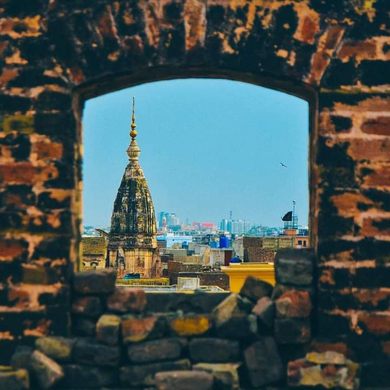

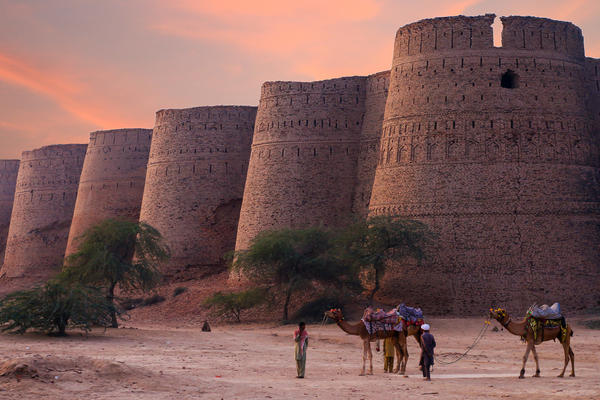

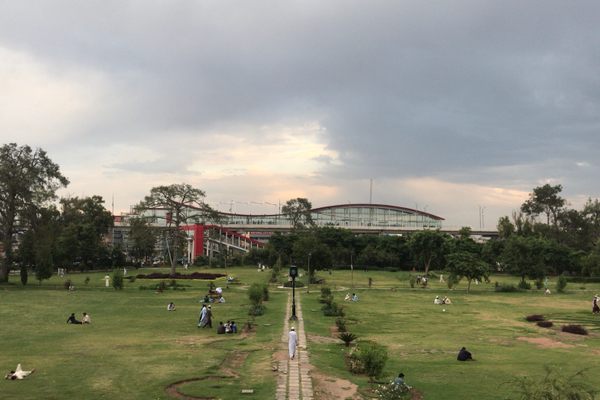



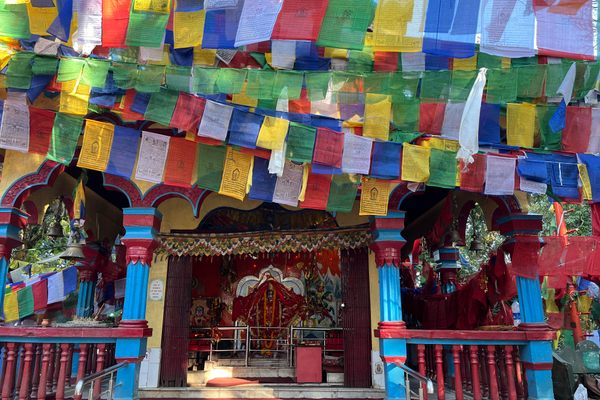

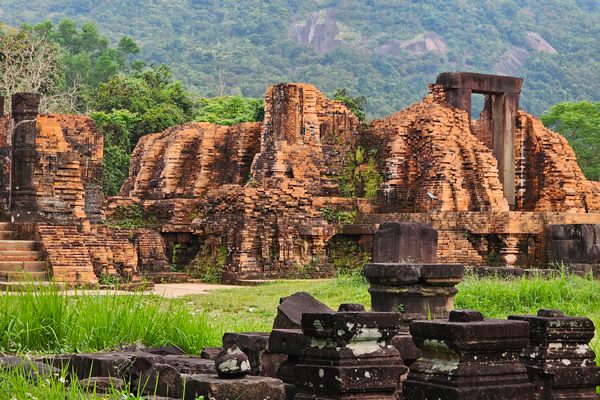
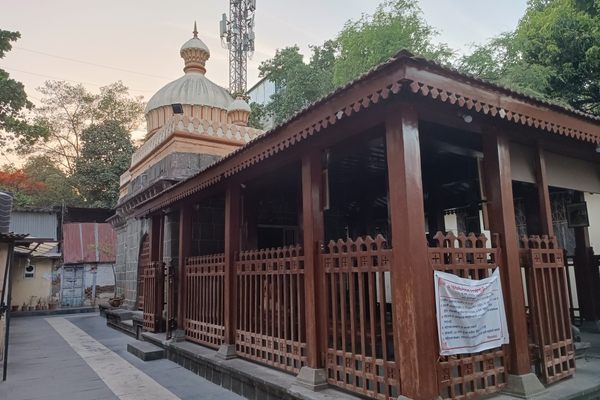

Follow us on Twitter to get the latest on the world's hidden wonders.
Like us on Facebook to get the latest on the world's hidden wonders.
Follow us on Twitter Like us on Facebook